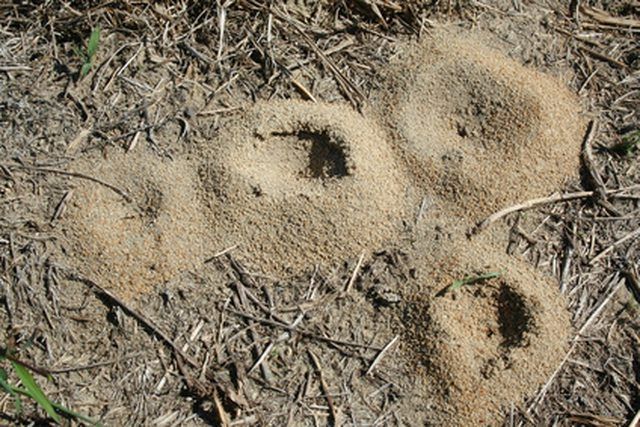Bulbs
Flower Basics
Flower Beds & Specialty Gardens
Flower Garden
Garden Furniture
Garden Gnomes
Garden Seeds
Garden Sheds
Garden Statues
Garden Tools & Supplies
Gardening Basics
Green & Organic
Groundcovers & Vines
Growing Annuals
Growing Basil
Growing Beans
Growing Berries
Growing Blueberries
Growing Cactus
Growing Corn
Growing Cotton
Growing Edibles
Growing Flowers
Growing Garlic
Growing Grapes
Growing Grass
Growing Herbs
Growing Jasmine
Growing Mint
Growing Mushrooms
Orchids
Growing Peanuts
Growing Perennials
Growing Plants
Growing Rosemary
Growing Roses
Growing Strawberries
Growing Sunflowers
Growing Thyme
Growing Tomatoes
Growing Tulips
Growing Vegetables
Herb Basics
Herb Garden
Indoor Growing
Landscaping Basics
Landscaping Patios
Landscaping Plants
Landscaping Shrubs
Landscaping Trees
Landscaping Walks & Pathways
Lawn Basics
Lawn Maintenance
Lawn Mowers
Lawn Ornaments
Lawn Planting
Lawn Tools
Outdoor Growing
Overall Landscape Planning
Pests, Weeds & Problems
Plant Basics
Rock Garden
Rose Garden
Shrubs
Soil
Specialty Gardens
Trees
Vegetable Garden
Yard Maintenance
How to Get Rid of Meadow Ants
How to Get Rid of Meadow Ants. The Lasius Flavus, or yellow meadow ant, is most common in Europe, but is also found in Asia, North Africa and eastern North America, according to the BBC. This type of ant is known for building large anthills and prefers foraging for food underground. However, it has been known to circulate around human dwelling...

The Lasius Flavus, or yellow meadow ant, is most common in Europe, but is also found in Asia, North Africa and eastern North America, according to the BBC. This type of ant is known for building large anthills and prefers foraging for food underground. However, it has been known to circulate around human dwelling places. Getting rid of yellow meadow ants is easy and several natural remedies can be found right in your kitchen!
Things You'll Need
Vinegar
2 quarts boiling water
Large-holed shaker container
Cinnamon
Chili powder
Air-tight food containers
Methods
Clean your kitchen. Ants send out "scouts" to check out an area before the rest of the colony follows to move in. The scout ants leave scent trails that make it easy for other ants to follow. Since most ants are attracted to the scent of food emanating from your kitchen, wipe down countertops and mop the floor with a solution of equal parts water and vinegar.
Place and seal all of your food items in airtight containers, as the scent of food is what draws ants in and around your home. Clean spills quickly and keep crumbs off of the floor.
Block ants from entering your home by creating a noxious barrier to keep them at bay. Ants do not like cinnamon and chili powder. Combine equal parts of each into a large-holed shaker. Sprinkle the mixture over the thresholds of door entrances, along the inside of ground floor windowsills and in any crevices that lead into your home.
Search for the anthill or mound where the ants originated. Once you find it, pour two quarts of boiling hot water into it. The mound will collapse and the boiling water will kill the remaining ants inside.
Tips & Warnings
Ants are pesky insects but they serve a vital role in our world. Ants control the populations of more dangerous insects, aerate our soil and are crucial for breaking down organic matter. Control the ants around your home, but leave the ones surrounding your property to do their important jobs.
If small children or pets live in your home, be sure to keep the cinnamon and chili powder mixture far out of their reach as it poses a health hazard. Substitute a generous sprinkling of talcum powder to keep ants at bay and keep your loved ones safe.